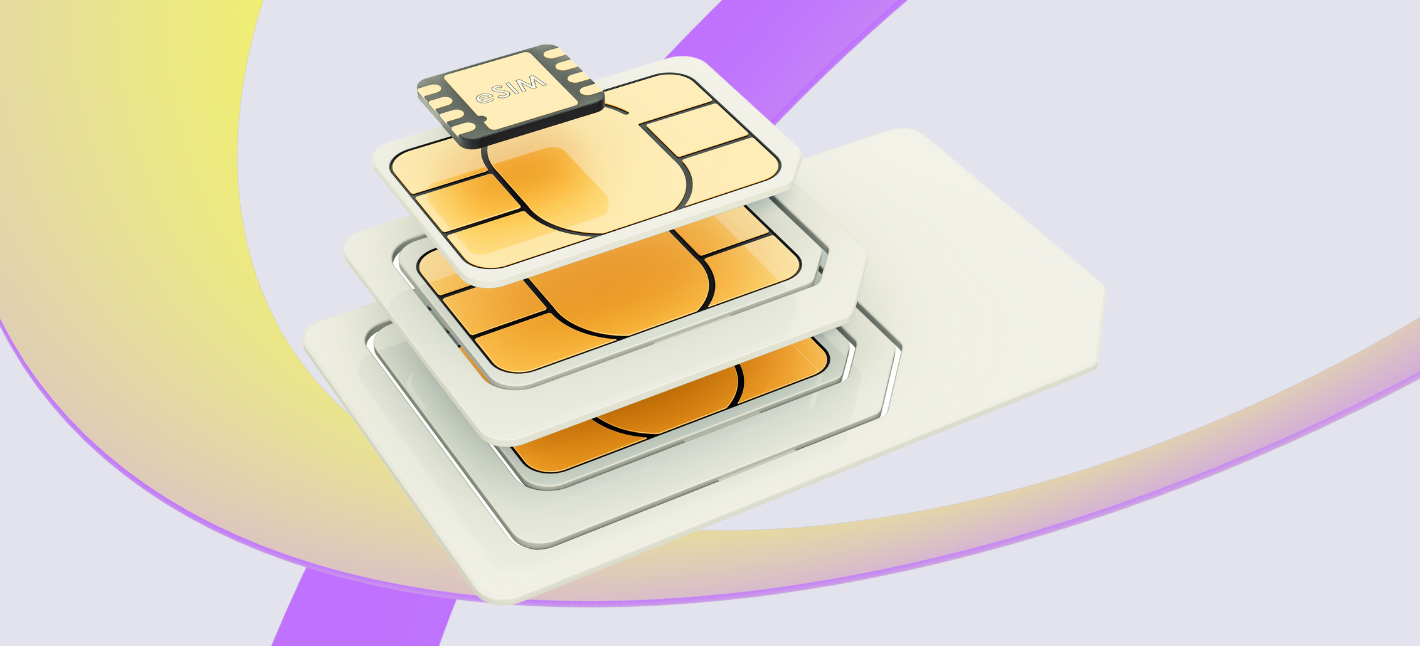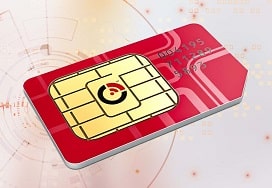Iot Revolution Technologies Top BI Solutions for IoT Monitoring
Iot Global Non-Invasive Devices for IoT Monitoring
As city areas continue to broaden, the necessity for environment friendly and intelligent administration of resources turns into more crucial. Smart cities current a transformational opportunity to reinforce the quality of life for their inhabitants by way of the integration of expertise. At the middle of this transformation lies IoT connectivity options for smart cities, which play a pivotal function in providing the infrastructure wanted for seamless communication between gadgets.
IoT, or the Internet of Things, connects various gadgets, sensors, and networks to create a cohesive operational environment. The potential applications range from clever traffic management to smart energy grids and air pollution monitoring. By leveraging these connectivity options, cities can gather real-time information to make informed decisions concerning city planning and resource allocation.
Various connectivity protocols serve as the spine for IoT implementations. Cellular networks have gained prominence due to their in depth protection and reliability. Technologies like LTE and upcoming 5G guarantee high-speed data transmission, enabling a larger variety of gadgets to connect without compromising pace or efficiency. This in depth attain is particularly advantageous for smart vehicles and emergency response models.
Furthermore, Low Power Wide Area Networks (LPWAN) present distinctive advantages for smart city purposes that demand extended battery life and prolonged vary. Protocols similar to LoRaWAN and Sigfox are well-suited for functions that do not require real-time data but choose low-bandwidth communication. This makes them best for monitoring environmental situations, waste administration, and smart parking techniques.
It Remote Monitoring Software Understanding IoT Remote Monitoring Systems

Bluetooth and Wi-Fi also remain necessary within the connectivity landscape. Their robustness in local communications allows for the event of smart buildings and enhanced public transportation methods. For example, smart buses can be geared up with sensors that broadcast details about seating availability and route modifications to nearby users.
In addition, Mesh networking presents another viable option, allowing gadgets to connect directly with each other with out necessitating a central router. This decentralized communication model enhances reliability and resilience in areas where standard networks could be compromised, similar to throughout emergencies or pure disasters.
As cities experiment with totally different IoT connectivity options, information privacy and safety have to be addressed diligently. With numerous gadgets transmitting sensitive information, the chance of breaches escalates. Implementing strong encryption strategies and steady monitoring protocols ensures that communication remains safe, safeguarding both the infrastructure and the non-public privacy of residents.
Remote Monitoring Asset Monitoring Solutions with IoT
Energy efficiency performs an integral function within the implementation of IoT technologies in smart cities. Strategies for optimizing energy consumption amongst related units are necessary to scale back the environmental footprint. By utilizing energy-efficient protocols, cities can ensure that the deployed expertise stays sustainable and cost-effective in the lengthy term.

Public engagement turns into an essential issue within the successful rollout of IoT systems. Community feedback can drive the event of smarter systems tailored to swimsuit the precise wants of residents. Initiatives corresponding to workshops, public forums, and pilot programs can help gauge public sentiment and encourage participation, fostering a sense of ownership amongst citizens.
Iot Remote Monitoring Solution Secure Remote Monitoring of IoT Devices
Collaboration among varied stakeholders, together with government, companies, and educational institutions, is essential for creating a strong smart metropolis ecosystem. Such partnerships can drive innovation, facilitate knowledge sharing, and provide essential funding for infrastructure projects. By aligning aims and resources, these stakeholders can work collectively for the larger good of urban communities.
Cities that spend cash on technology-driven connectivity options witness improved operational efficiency and enhanced citizen providers. Smart traffic light methods, as an example, can adapt signal timings based on real-time visitors move, reducing congestion. Moreover, smart waste management methods can optimize assortment routes, ensuring efficient service supply whereas saving prices and minimizing environmental impact.
In a rapidly evolving technological panorama, adaptability turns into crucial. Cities must be prepared to combine rising technologies into their current frameworks - Role Of Smart Sensors In Iot. Regular critiques and updates to connectivity click here for info protocols will be certain that they keep related and might accommodate future innovations in IoT.
Remote Monitoring Using Iot Importance of Industrial Remote Monitoring
The potential of IoT connectivity choices for smart cities extends beyond mere comfort; they convey forth a paradigm shift in how urban areas operate. By transforming knowledge into actionable insights, cities can harness the power of data to create resilient, inclusive, and sustainable environments.
As smart city solutions gain traction globally, it becomes important for cities to stay committed to enhancing citizen engagement, security, and sustainability. Continuous analysis and growth will foster the cultivation of innovative connectivity solutions, thereby paving the greatest way for smarter urbanization.
In conclusion, the advent of varied IoT connectivity choices permits the belief of smart metropolis visions. As cities combine these technologies, the lengthy run holds huge potential for fostering well-connected, efficient, and vibrant urban landscapes. With the best infrastructure and group collaboration, smart cities can lead the way toward a extra sustainable and improved high quality of life for everybody - Iot Remote Asset Monitoring Solution.
Iot Remote Monitoring Solution Innovation in IoT Remote Monitoring
- High-speed fiber optic networks present robust information transmission, enhancing communication between connected units in city environments.
- Low Power Wide Area Networks (LPWAN) facilitate long-range connectivity for smart sensors, improving energy efficiency and lengthening battery life.
- 5G networks deliver high bandwidth and low latency, enabling real-time knowledge processing for applications like visitors administration and emergency response.
- Wi-Fi 6 presents improved capacity and velocity, permitting quite a few gadgets to connect seamlessly in areas with dense populations, similar to parks and public squares.
- Bluetooth mesh expertise helps communication between quite a few smart devices in close proximity, helpful for native environmental monitoring and smart lighting options.
- Satellite connectivity can bridge coverage gaps in distant sections of a wise metropolis, ensuring continuous knowledge circulate for municipalities and providers.
- Zigbee and Z-Wave protocols are perfect for home automation, promoting interoperability among various devices in smart residential areas.
- Cellular IoT solutions leverage present cellular networks to attach units, providing a flexible and scalable infrastructure for city functions.
- Network slicing enables the prioritization of data traffic, ensuring that critical providers receive the necessary bandwidth during peak usage times.
- Edge computing allows information processing nearer to the supply, lowering latency and enhancing the responsiveness of smart metropolis functions.undefinedWhat are the frequent IoT connectivity choices obtainable for smart cities?undefinedCommon connectivity choices for smart cities include cellular networks (4G, 5G), LPWAN (Low Power Wide Area Network) similar to LoRa and Sigfox, Wi-Fi, Bluetooth, and Zigbee. Each choice serves totally different use instances primarily based on vary, energy consumption, and knowledge wants.
How does 5G improve IoT connectivity in urban areas?undefined5G networks offer higher bandwidth, decrease latency, and larger capability in comparability with previous generations. This enables real-time data processing and helps many linked gadgets, making it best for smart city applications like autonomous autos and smart grids.

What position does LPWAN play in smart metropolis IoT solutions?undefinedLPWAN supplies long-range communication websites with minimal power consumption, making it suitable for IoT sensors that require prolonged battery life. It's significantly efficient for applications like environmental monitoring and smart waste management in urban settings.
Can present networks be used for IoT connectivity in smart cities?undefinedYes, current networks like Wi-Fi and cellular may be utilized for IoT applications. However, they may not be optimized for the precise wants of IoT gadgets, particularly in terms of power consumption and system density.
Remote Iot Monitoring Solution Open Source IoT Device Management
What are the safety concerns related to IoT connectivity in smart cities?undefinedSecurity issues include knowledge breaches, unauthorized entry to devices, and vulnerabilities in network protocols. Implementing sturdy encryption, secure authentication, and common software updates is crucial to safeguarding smart metropolis infrastructures.
How do smart cities ensure reliable connectivity for IoT devices?undefinedSmart cities usually use a diverse mix of connectivity options together with redundancy measures. This ensures that even when one connection sort fails, others can preserve the network's reliability and performance.
Iot Revolution Technologies Revolutionizing Patient Monitoring with IoT
Are there any standards for IoT connectivity in smart cities?undefinedYes, various standards exist for IoT connectivity, together with 3GPP for cellular technologies and IEEE standards for wireless communication. Compliance with these standards ensures interoperability and safety among different units and networks.
What factors ought to be considered when selecting an IoT connectivity option?undefinedFactors to consider embrace vary, power necessities, knowledge transmission charges, device density, safety features, and price. A thorough evaluation of the precise use case may help determine essentially the most suitable connectivity choice.
How does the selection of connectivity affect IoT gadget design?undefinedThe chosen connectivity option can dictate elements of gadget design such as energy consumption, dimension, and complexity. For instance, gadgets using LPWAN may have much less power, permitting for smaller battery sizes compared to those counting on cellular networks.
What is the future of IoT connectivity in smart cities?undefinedThe future of IoT connectivity in smart cities is expected to be shaped by developments in 5G expertise, increased use of edge computing, and the mixing of AI for smarter decision-making. Enhanced connectivity will result in extra efficient city administration and improved citizen providers.